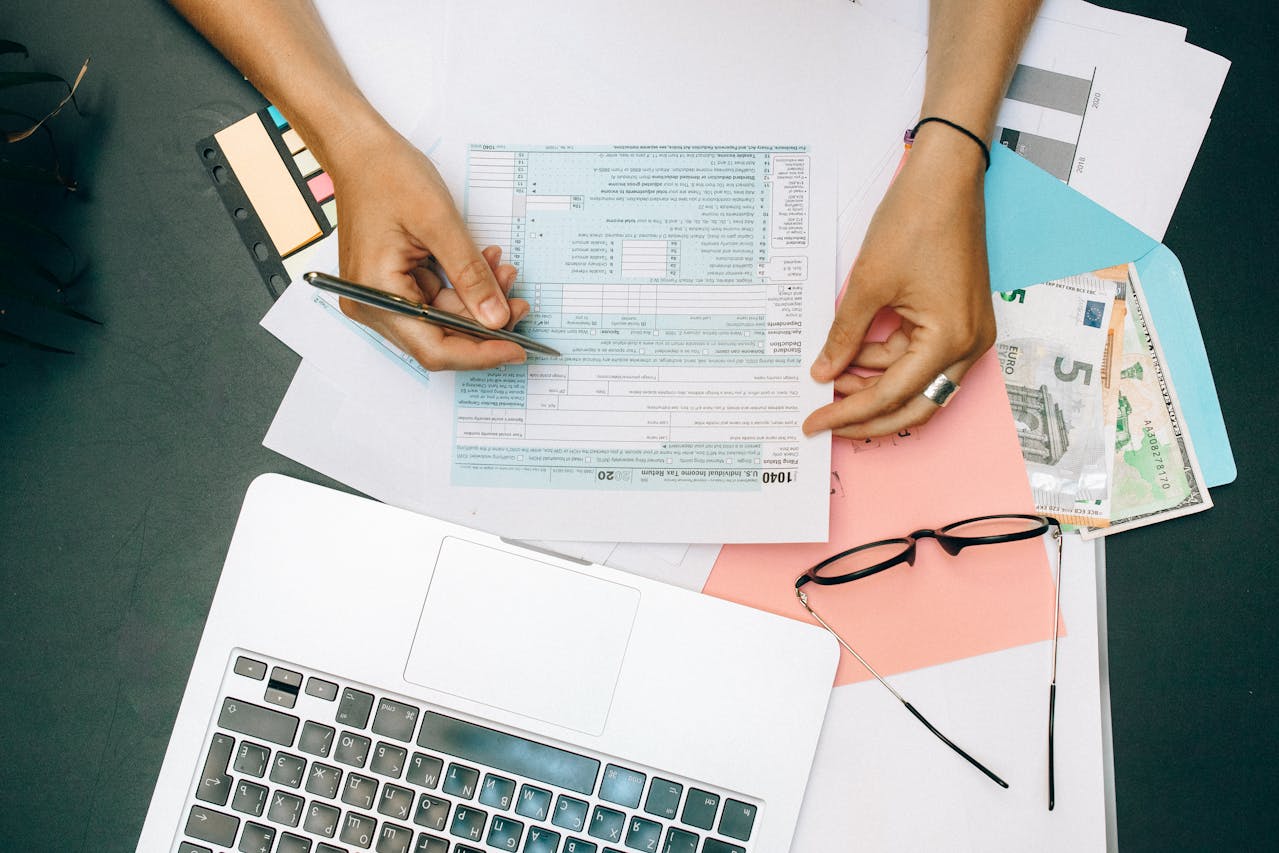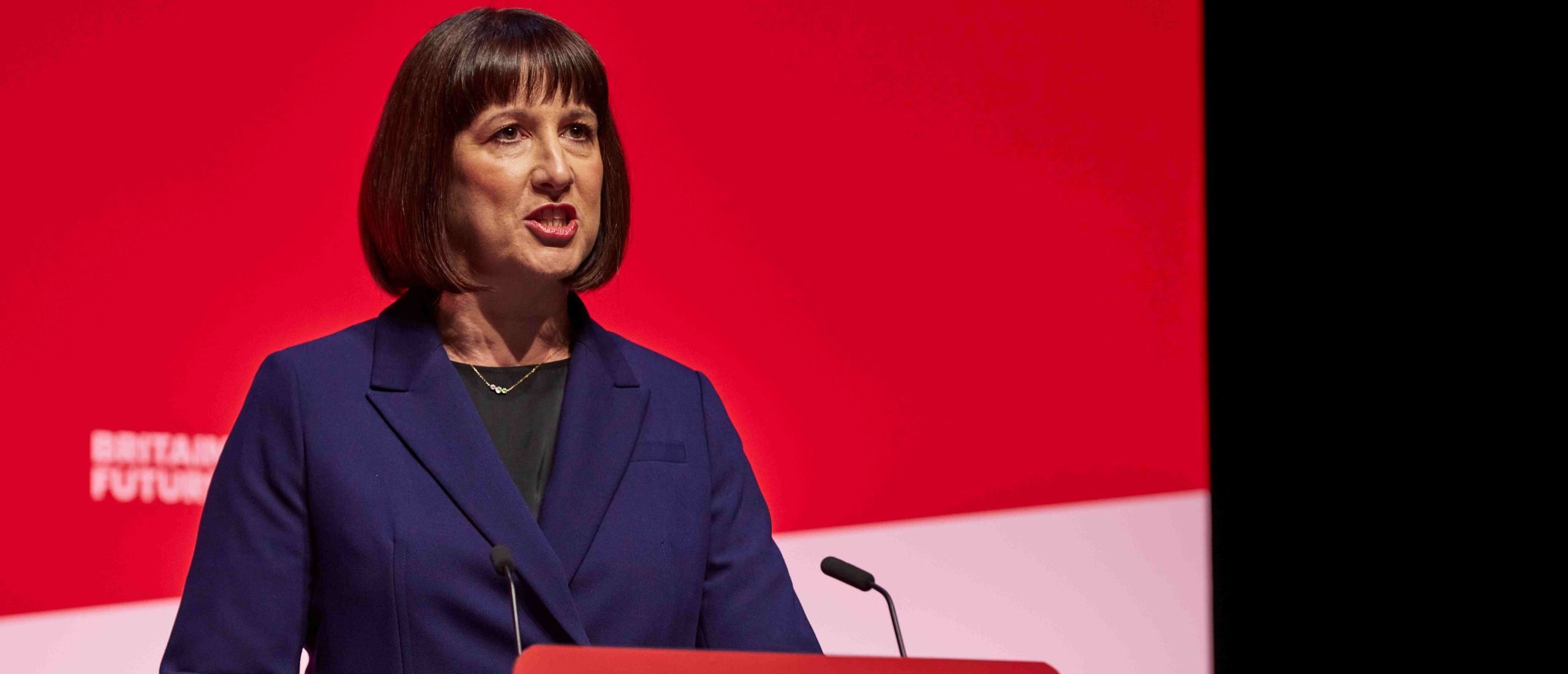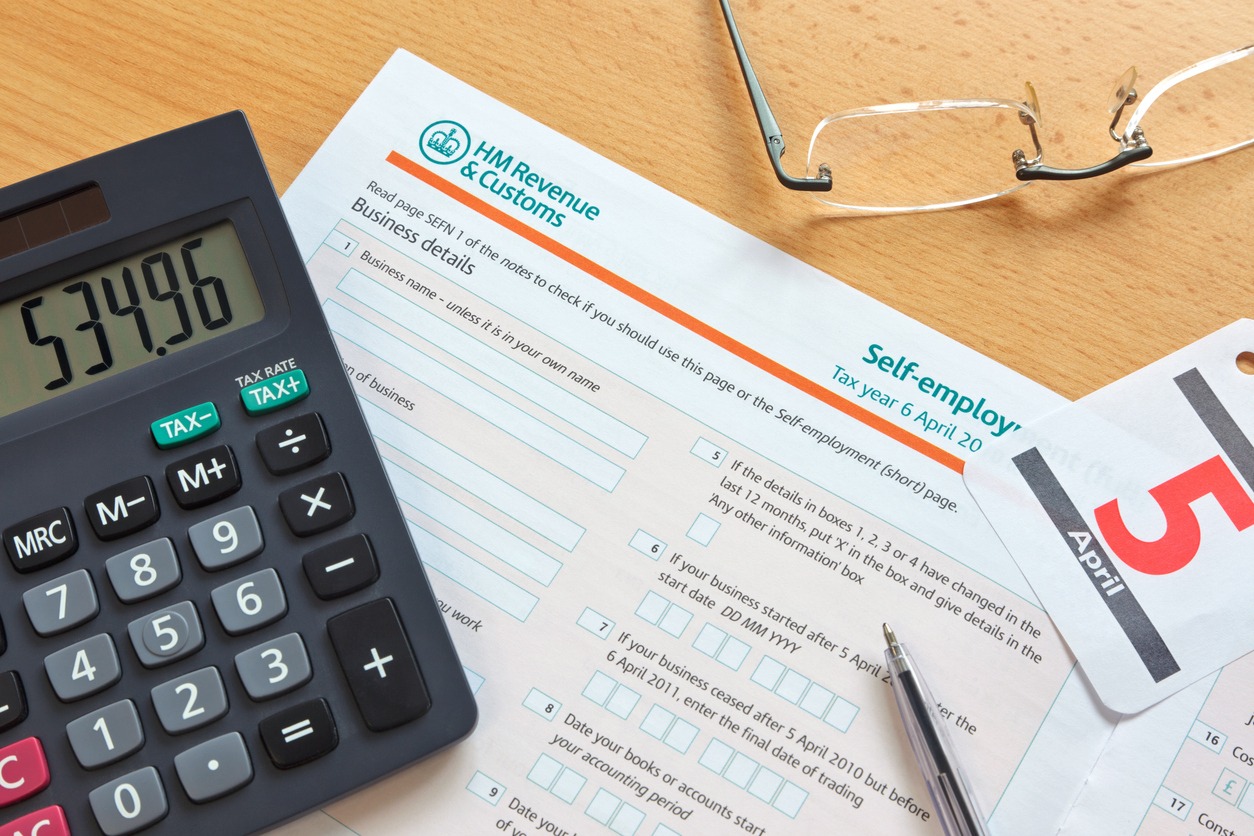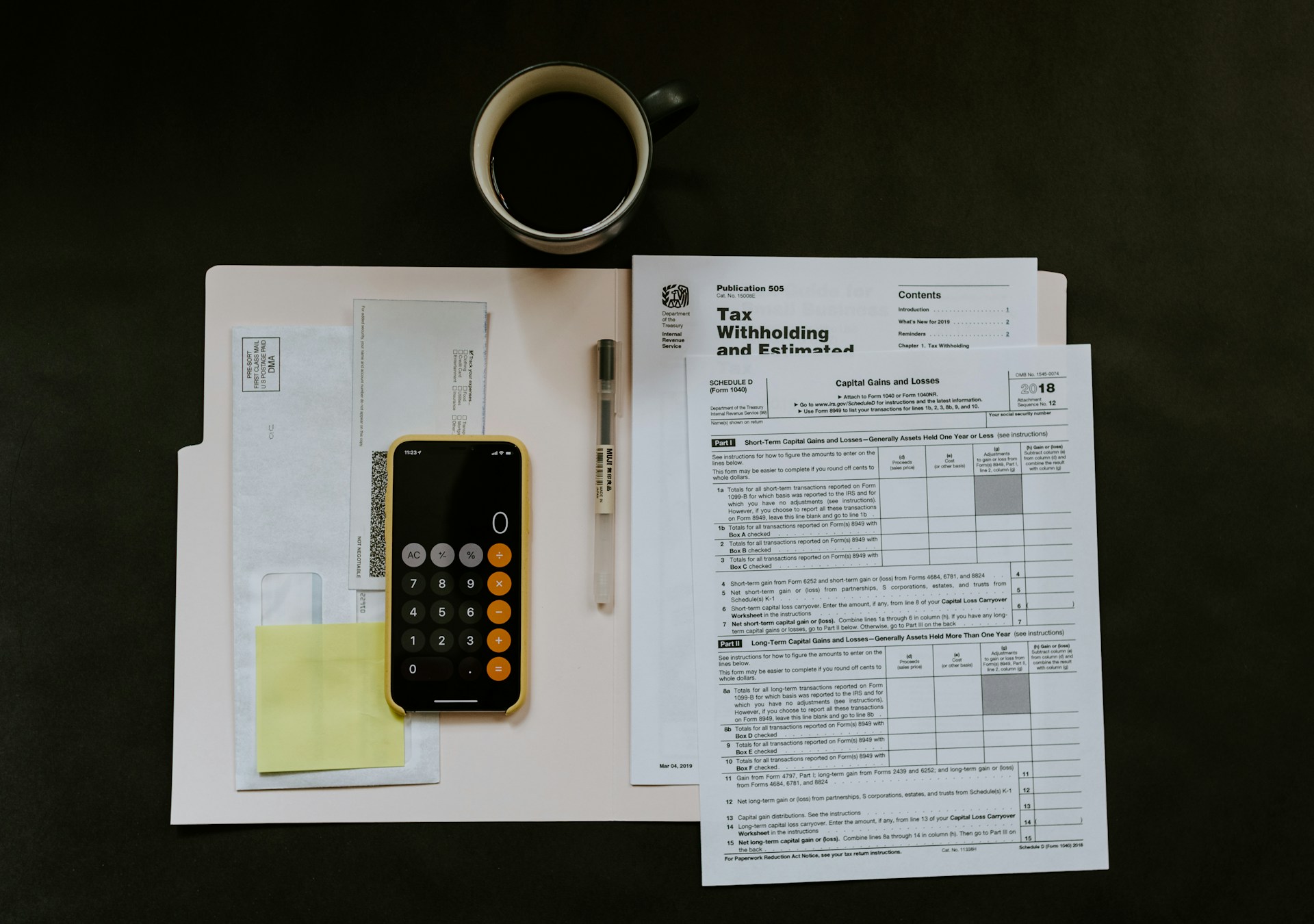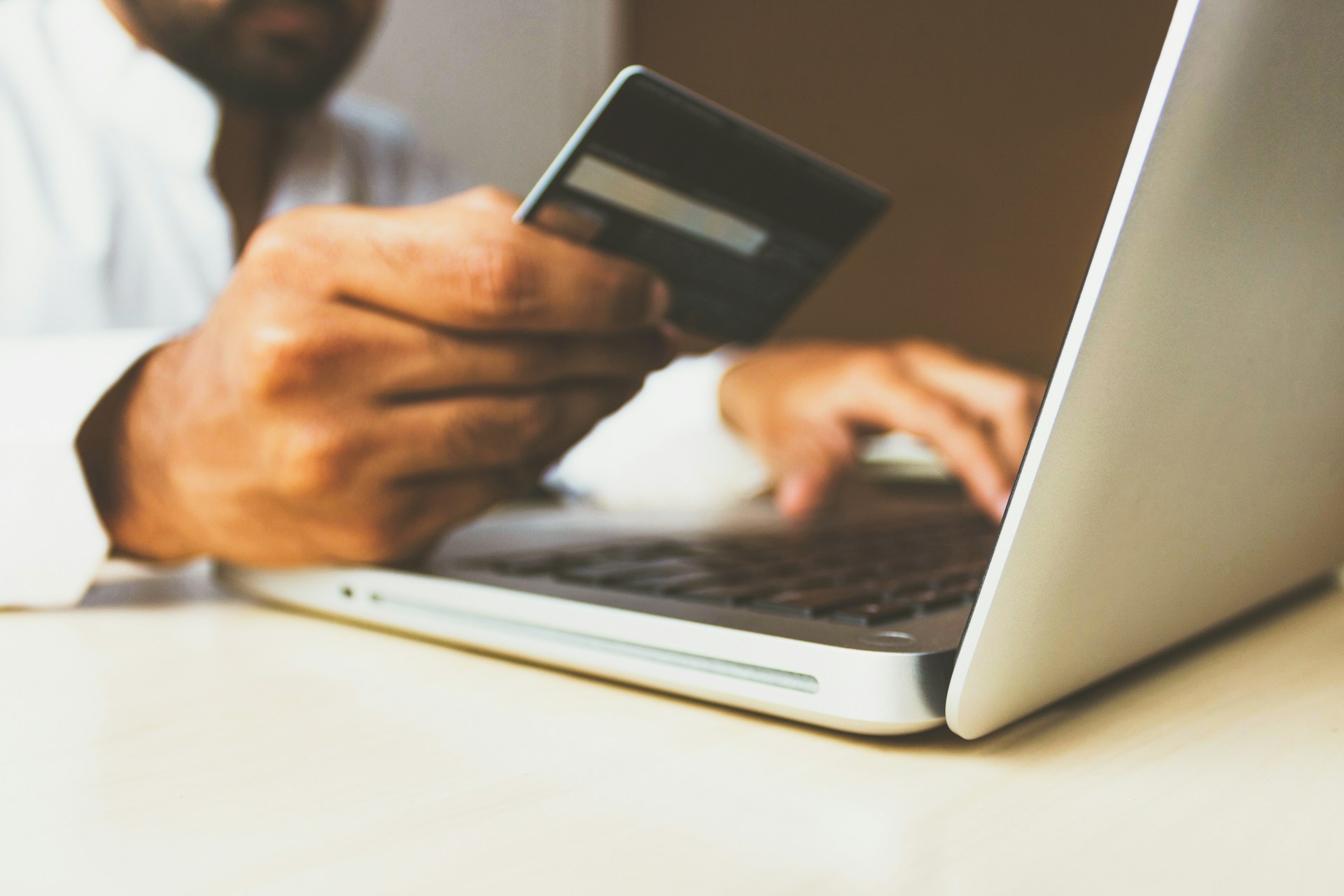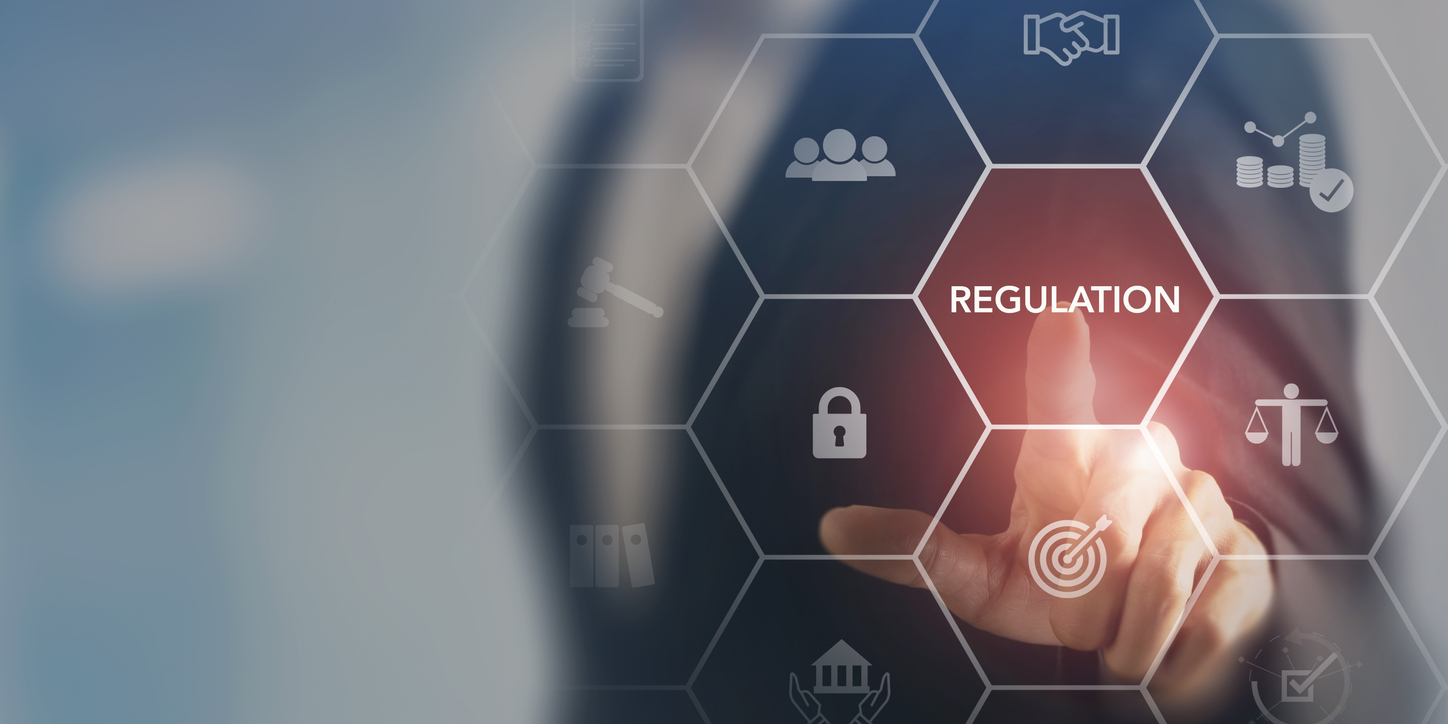What Is VAT And How Do I Manage It For My Small Business?
Tax and accounting are some of the most complex processes that new business owners have to manage, but they’re also some of the most important. VAT has the power to cause a considerable amount of confusion for entrepreneurs, especially as not all goods and services are taxed at the same rate.
If you’re finding it hard to factor VAT charges into your finances, then this article can help you to understand exactly when you need to start paying VAT, how much VAT you might have to pay, and why VAT return software is an essential part of the process.
What Is VAT?
VAT, or Value Added Tax, is a type of tax that’s charged on many goods and services. You’re probably already used to seeing VAT charges on invoices when you place orders online, usually as part of the breakdown of your order total alongside shipping costs. Most businesses include VAT in the price displayed on their website, but an invoice gives you extra insight into how much of that cost is actually VAT.
VAT Rates Explained
VAT rates can vary depending on the product or service you’re selling, as well as how it’s being sold, so it’s important to calculate VAT on a case-by-case basis if you’re selling lots of different products. Here is a brief overview of VAT rates and the categories they apply to:
- Standard 20% Rate: The majority of goods and services will be taxed at the standard 20% rate, so there’s a good chance at least some of your business’s wares will fall into this category. Even if you think some of your goods are zero-rated after reading this list, such as food and drink, pay close attention to the conditions surrounding the sale of these products. For example, alcoholic drinks and food that’s sold hot are still subject to the standard rate of VAT.
- Reduced 5% Rate: Some goods will be taxed at a reduced rate, which is usually 5%. VAT is typically reduced on central heating repair services, nicotine patches and energy-efficient materials that can be used to build or improve homes.
- Zero-Rated: Businesses don’t pay any VAT on zero-rated goods, which include children’s clothes, books, newspapers and food for human consumption (with exceptions).
- Exempt: Similarly to zero-rated goods, exempt goods don’t incur VAT charges. However, if your business sells exempt goods exclusively, you won’t have to register for VAT. Businesses selling zero-rated goods may still need to register. Common exempt services include online gaming, sports activities and funerals.
Who Pays VAT?
Only businesses with an annual turnover of more than £85,000 have to register for and pay VAT. Businesses below this threshold can register to pay VAT voluntarily, but there’s no obligation to do so, even if they sell goods taxed at a standard or reduced rate.
Registering For VAT Voluntarily
Deciding whether you want to register for VAT early will depend on your business’s needs and whether the additional admin and paperwork are worth the rewards you may reap.
VAT registration can be a bonus for some businesses because while you will have to pay VAT to HMRC, you will also be able to claim it back on any eligible purchases. If you regularly buy a large number of business supplies from VAT-registered businesses, claiming back the VAT could save your business money.
However, claiming back VAT makes your bookkeeping process more complicated and you may need to seek assistance from an accountant. You will also have to consider whether your customer base will be happy to accept higher prices, especially if your goods and services are taxed at 20%.
How To Register For And Pay VAT
Before paying any VAT, you will have to register your business for VAT online. You’ll usually receive your registration number and certificate in around two weeks and won’t be able to charge your customers VAT until then. However, it’s a good idea to increase your prices to account for the extra charges while you wait. This is because you’ll be liable to pay VAT from the day your application is sent off, so make sure you keep careful records of invoices and receipts as soon as you start the registration process.
VAT Software
As of April 2022, all VAT-registered businesses must use accredited accounting software to file their tax returns. This is because of a new policy called Making Tax Digital, or MTD, which aims to make filing your VAT return a much smoother process. Not only will your software automate your VAT calculations, but it will also help you to keep careful records of invoices and expenses while staying up-to-date with any tax law changes and deadlines so you don’t have to.
Keeping Records For VAT
While it’s important for all businesses to record their income and outgoings, VAT-registered companies need to be extra vigilant. It’s important to keep your business transactions separate from your personal spending, which is why many entrepreneurs open separate bank accounts. Some of the records you will need to have for VAT purposes include:
- A list of every product you’ve bought or sold, regardless of the rate it’s taxed at
- Copies of every invoice you receive or issue to customers
- Self-billing agreements and the personal details of the clients these apply to (such as names, addresses and VAT registration numbers)
- Debit and credit notes
- Bank statements, paying-in slips and cheque stubs
- Any products you’ve claimed for personal use, given away, or lost
- The total amount of VAT you’ve charged (on products you sell) and paid (on products you buy)
It’s important to keep VAT records for six years, as HMRC could request to see them as part of an investigation.
Manage Your VAT More Effectively
Once you’ve decided whether VAT registration is necessary for your business, you can begin implementing processes that make managing your tax return a smoother process. This should include finding an accredited accounting software provider and gathering your financial records but could also involve hiring an accountant or advisor to assist in maintaining your books.
